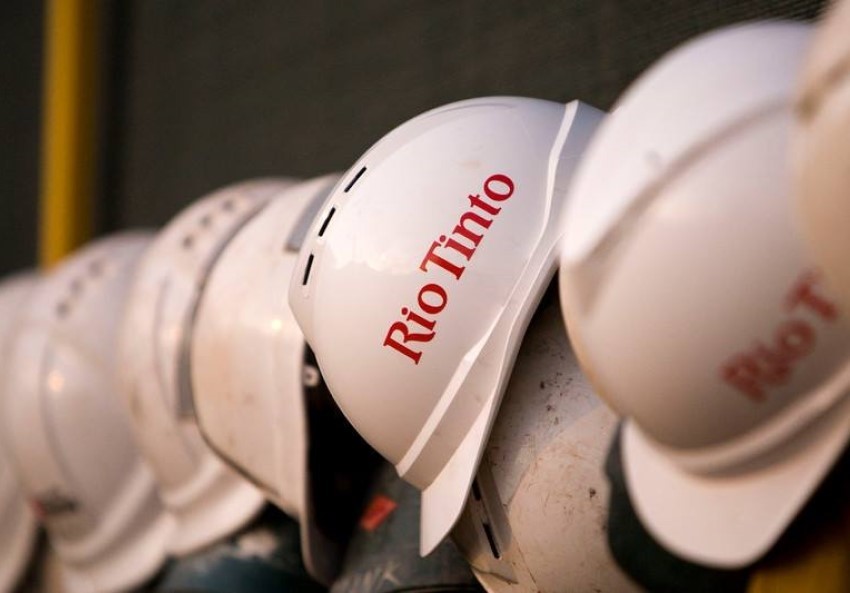

The global mining and metal giant Rio Tinto has expressed concern that the expenses associated with renewable energy could severely impact Australia's industrial prospects. This comes in the wake of the company's absorption of a significant $1.2 billion loss and depreciation related to its alumina refineries in the last six months. Surprisingly, Yarwun, the very alumina refinery that Australia's Climate Change Minister Chris Bowen chose as the venue to announce the emissions reductions scheme in January, is now experiencing severe financial losses. The scheme, aimed at curbing emissions, poses a significant threat to Australia's aluminium production sector. Yarwun is no exception, as it entered into deep financial debt.

As part of the initiative aimed at achieving net-zero emissions in Australia by 2050, significant carbon emitters like aluminium refineries must either reduce 30 per cent of their CO2 emissions during this decade or purchase carbon credits to compensate for their emissions.
On July 26, 2023, Jakob Stausholm, the CEO of Rio Tinto, said, "Australia produced nowhere near enough renewable energy to refine aluminium at a large scale - which also sends a warning signal to other high-energy use sectors of the economy. Ultimately, suppose we can't get renewable energy in Australia. In that case, it's impossible to produce something and export it out of Australia."
"We are determined to do everything we can to find a solution. The long-term solutions which provided reliable power at a competitive price were the only way to 'future-proof' the aluminium industry."
Peter Cunningham, the Chief Financial Officer of Rio Tinto, said, "Yarwun and the miner's joint venture Queensland Alumina group were haemorrhaging money because of the tightening noose of carbon reductions. It is a segment that's been under pressure. Those assets have been, I think, challenged on performance over the last few years."
Under Australia's government's carbon policy, which sets stringent emission reduction targets of 4.9 per cent for significant emitters until 2030, Rio has been granted special allowances. However, even with these allowances, the mining company is obligated to make considerable investments in clean technology.
Alumina refining is responsible for approximately 3 per cent of Australia's total emissions, surpassing the energy consumption of Tasmania by more than twice. This process involves subjecting hydrated alumina to extremely high temperatures.
The Australian government has earmarked $1.4 billion to support sectors of the economy, like alumina refining, that face challenges in reducing their emissions. Additionally, a significant investment of $2 billion in the Hydrogen Headstart program is aimed at establishing two projects that utilize hydrogen as a clean alternative to fossil fuels.
The CEO expressed his gratitude for the government's support while announcing Rio's earnings of $5.7 billion for the half-year, which showed a significant decrease compared to last year's $8.63 billion.
He added, "We are working so hard to work with the government to future-proof these assets for decades because there is no doubt that change is necessary. We cannot continue with a level of carbon dioxide emissions from those assets. We must find a decarbonisation pathway that keeps those assets competitive."
Although wind energy constitutes the majority of Australia's renewable energy sources, it contributes, on average, only approximately 10 per cent of the electricity in the grid.
Stausholm said, "Solar power was far from the scale to meet Rio's needs. The kind of solar requirements we have is 12 times bigger than the biggest solar farm in Australia, so this is an enormous scale to make it happen, but it will take a while."
Responses








